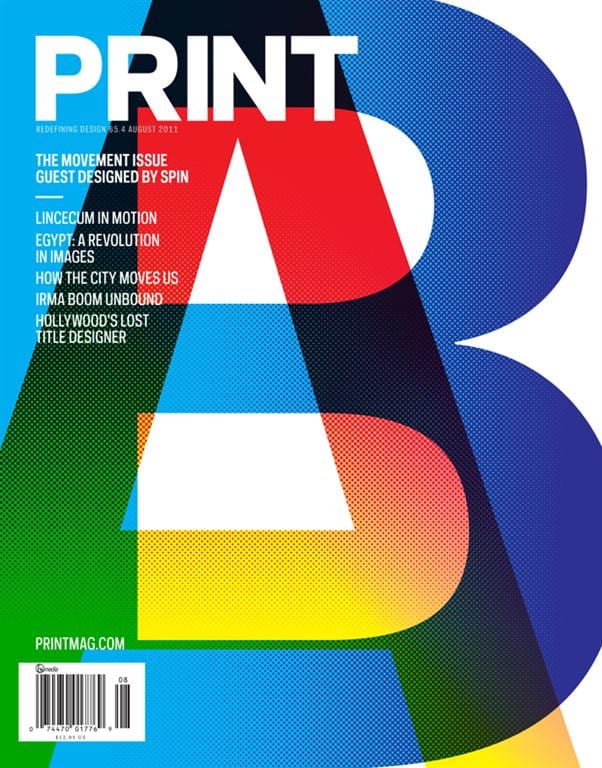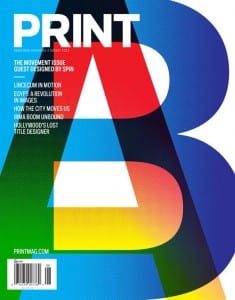
 A few months ago I was interviewed by PRINT magazine on the topic of Political Campaign Design in the age of Obama called Ink on Plastic. It’s always fun to get national recognition, especially for what is considered a non-existent market for being a “conservative graphic designer” – a term you don’t usually hear in the design community because of its left-leaning majority. We work with right and left-wing business clients (we actually don’t even ask), because really, who cares? We are all Americans right? However, when it comes to political work, it’s all conservative issues and candidates.
A few months ago I was interviewed by PRINT magazine on the topic of Political Campaign Design in the age of Obama called Ink on Plastic. It’s always fun to get national recognition, especially for what is considered a non-existent market for being a “conservative graphic designer” – a term you don’t usually hear in the design community because of its left-leaning majority. We work with right and left-wing business clients (we actually don’t even ask), because really, who cares? We are all Americans right? However, when it comes to political work, it’s all conservative issues and candidates.
The left-leaning design majority was apparent when I was in College at the University of Wyoming. When most of my peers were wearing chains, sporting purple hair and idolizing Bill Clinton, I was showing up to class in a white shirt and tie (I was president of my fraternity and on the varsity swim team, so such an outward appearance was appropriate, if not the expectation) — It was I who stood out at the end of the day. It wasn’t my fault I grew up on a ranch in Northern Wyoming with a skill and talent in design. I am a 5th generation Republican, I don’t have a choice in these matters. Regardless of being a minority among my peers as a conservative designer – even in the Denver web and design market – I am thrilled to get the plug.
I do, however, want to reply to a couple of statements made in the article, “…it seems unlikely that in the near future, vernacular American political design will be transformed by abstract concepts like ‘narrative’ and ‘brand.'” As Callahan says, “It’s just putting ink on plastic.”
There is some truth to this, evident by the fact that of the thousands of people who run for elected office every year, many have neither the budget nor an understanding of the benefits of branding and design. But for those folks who do get it, and to challenge Callahan’s suggestion that candidates are only known for the look of their yard sign, I’m willing to bet that those with a better looking yard sign not only have a higher likelihood of getting elected, but most often do. So in the end, it’s really not just ink on plastic, now is it?
Below is an excerpt from the article written by Fritz Swanson.





